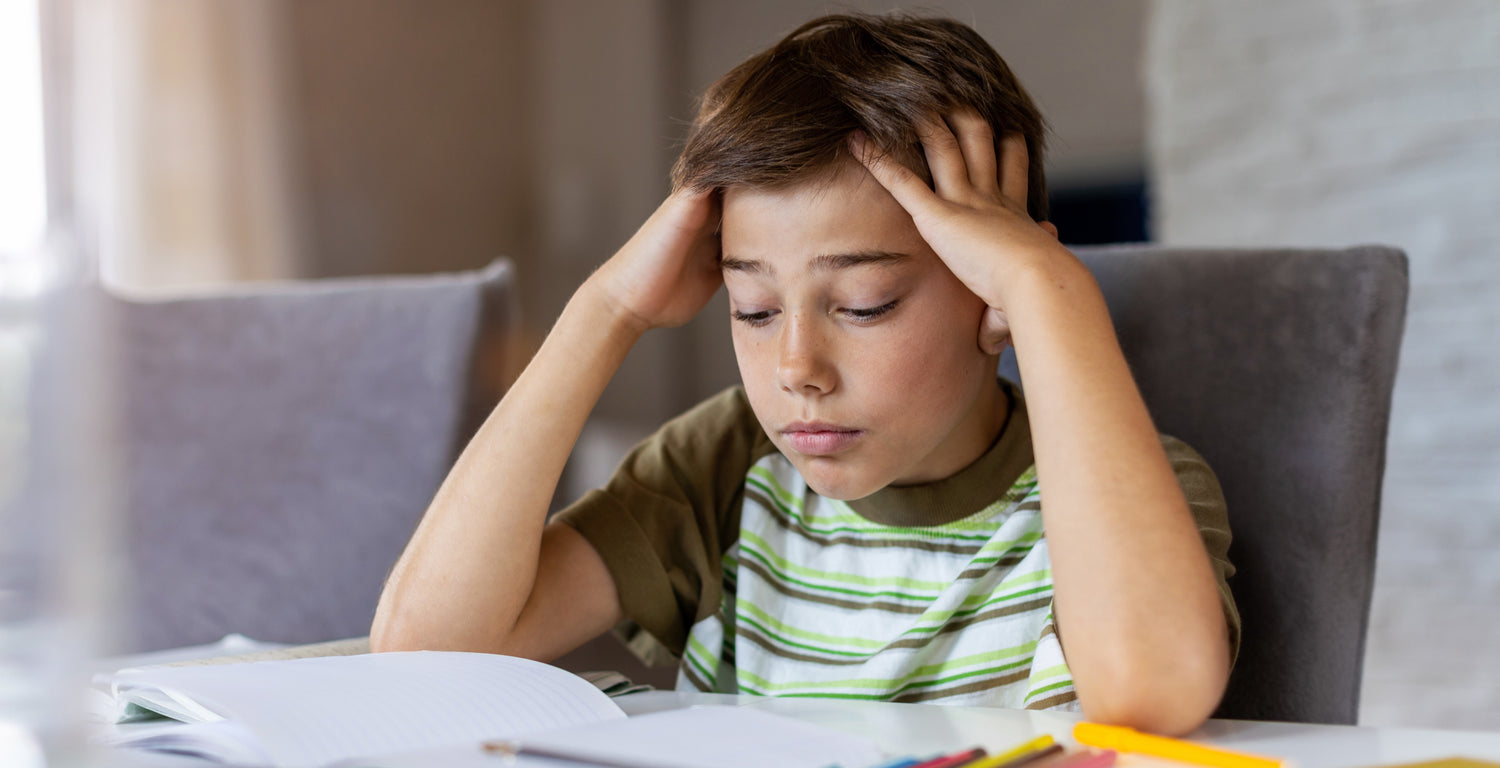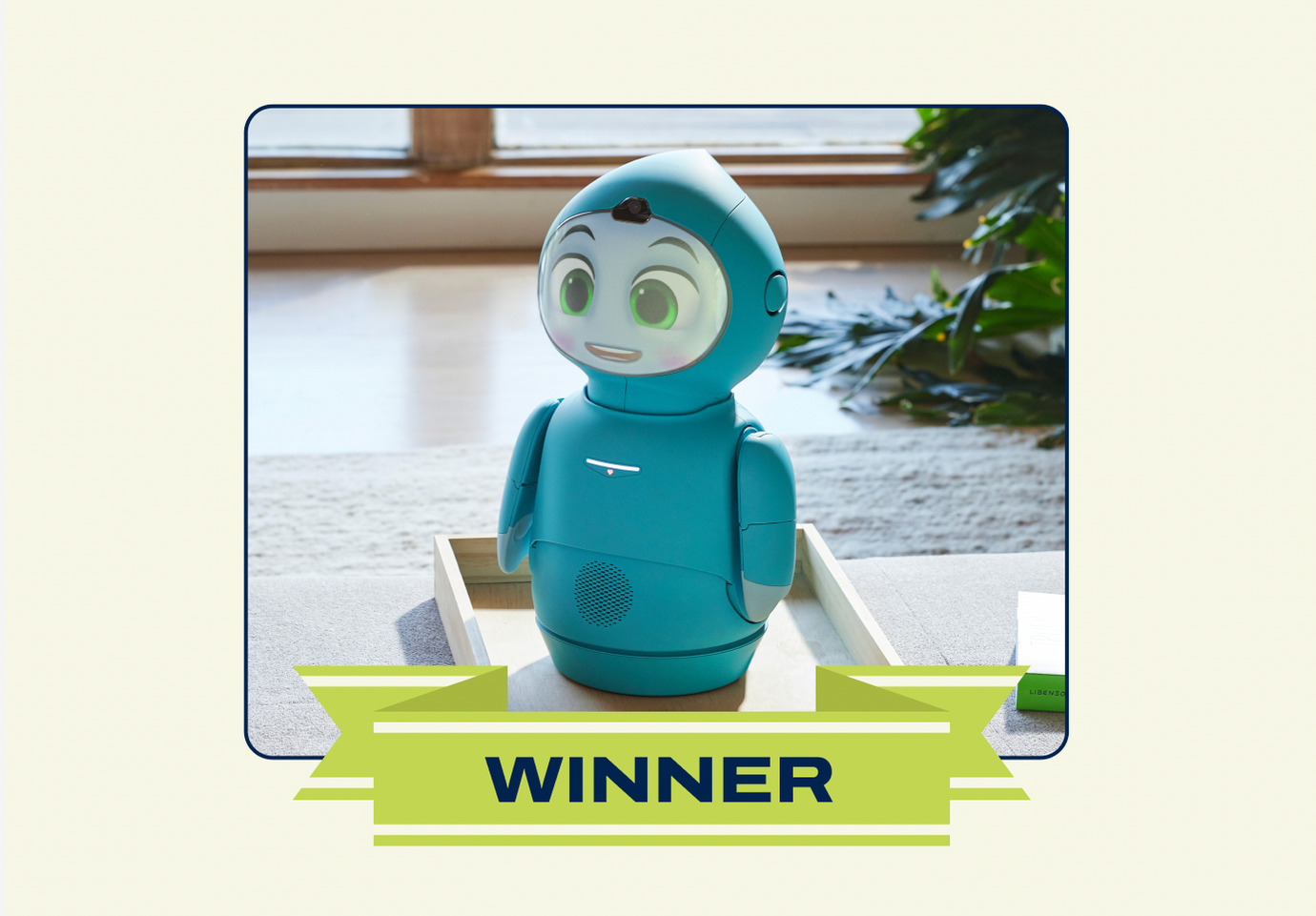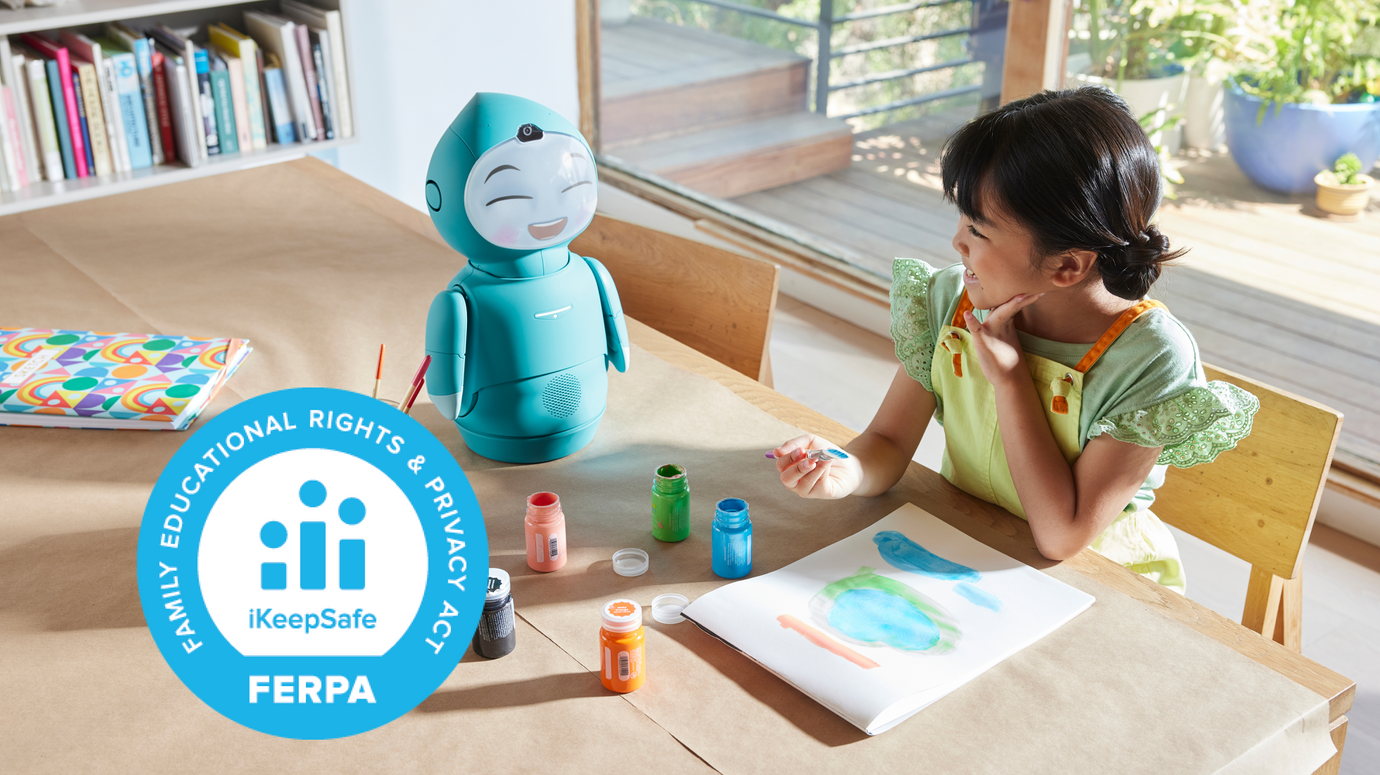A Quick Guide to Acute Stress Disorder in Children

Children are susceptible to many of the same mental health disorders experienced by adults, including disorders related to stress and anxiety.
When we discuss stress in casual conversation, it often relates to things we associate primarily with adulthood: work, finances, the responsibilities of child-rearing. But clinical stress is a highly impactful condition which may be caused by traumatic events, to which children are unfortunately vulnerable.
Acute Stress Disorder is one condition which may result from trauma or extreme emotional hardship. Here is a guide that will help adults with children in their lives to recognize the signs of this condition, the risk factors, and how they can take action to provide support when it’s needed.
What is acute stress disorder?
Acute Stress Disorder (ASD) can be caused in children when they experience an extremely emotionally traumatic event, such as an incident of abuse, violence, the death of another person, or other upsetting occurrence.
In the case of ASD, the child’s emotional reaction will be more extreme than one would expect, and have lasting effects which cause disruption to the child’s life.
ASD shares many characteristics with the more widely-known Post Traumatic Stress Disorder, but on a shorter time scale – typically within the first month following the traumatic event.
What are acute stress disorder symptoms?
There are a number of symptoms from which ASD may be recognized following a traumatizing event. These symptoms may include:
- Nightmares, or vivid memories relating to the event.
- Reliving the event or experiencing flashbacks to the event.
- Strong emotional reactions to objects or situations which remind them of the event.
- Vigilant avoidance of objects, places, or situations which remind them of the event.
- Frequent angry outbursts.
- Insomnia or other sleep problems.
- Recurrent sadness or depression.
- Difficulty staying focused.
- Obsession with or deep fear of the event.
- Difficulty experiencing positive emotions.
How is acute stress disorder diagnosed?
There are two major criteria for diagnosis of ASD in children.
-
The child should have endured a traumatizing event, witnessed a traumatizing event, or been made aware of a traumatizing event by another person or through media.
- The child should be exhibiting a number of the symptoms listed above at most 30 days after the event. If the child’s symptoms last longer than 30 days, they may be diagnosed with PTSD.

Acute Stress Disorder can only be diagnosed by a psychiatrist or licensed therapist, however parents, guardians, or teachers should seek out a professional opinion if they believe a child in their life to be suffering from ASD.
What are some acute stress examples?
Acute stress is distinct from chronic stress in that the causative event is typically a one-time or very short-lived experience. Here are a few examples of what those events can look like.
-
A natural disaster or other impactful crisis which involves mass destruction or loss of human and animal life. As a more specific example, incidences of ASD rose following the events of 9/11 in the U.S.
-
The death of a family member, close friend, or other impactful figure in a child’s life. This is especially true if the death was unanticipated.
-
An assault or violent experience which occurs only once.
-
Involvement in an accident, including vehicular or otherwise.
- Severe wounding or injury. For example, children may develop ASD after breaking a bone or otherwise being hurt.
Risk factors for developing acute stress disorder
Children who have experienced trauma before are more likely to develop disorders relating to trauma, such as ASD and PTSD. Whether the stress experienced in the past was chronic or acute, this is the best indicator for an elevated risk of developing ASD.
Studies have also shown that neurodivergent children including those with ADHD are more susceptible to developing both ASD and PTSD following a traumatic event.
Is there an acute stress disorder test?
There are a number of online screening questionnaires you can take on behalf of your child to determine whether they might have ASD. However, diagnosis can only be done by a licensed professional, who will take into account any comorbidities which might better explain your child’s symptoms.

The diagnostic procedure for ASD most typically involves an interview with a psychiatrist or therapist in which they will locate the traumatic event and identify symptoms using industry-standard screening techniques including the Stanford Acute Stress Reaction Questionnaire, as well as the Acute Stress Disorder Scale.
How is acute stress disorder treated?
ASD which does not develop into PTSD can diminish and go away altogether over time. When this is not the case, the best course of action is often Cognitive Behavioral Therapy (CBT) which helps your child to train their emotions, thought patterns, and behaviors away from harmful modes which perpetuate the symptoms of the disorder.
Medications, herbal supplements, and other forms of therapy may also be engaged to help reduce symptoms or the impact of symptoms for a more optimal outcome.
What is the best treatment for acute stress disorder?
Trauma-informed CBT is the most effective treatment for both ASD and PTSD, especially over the long term. Equipping your child with coping skills which they can access on their own and when they need to will give them the best chance at reducing their symptoms and healing well after the incident.
Immediately following a traumatizing event, it is important that your child be brought somewhere safe and made as comfortable as possible until help becomes available.
Final thoughts
Children are not immune to the consequences of trauma. As a parent, guardian or teacher, you do all you can to keep them safe and happy. But sometimes circumstances beyond your control will cause them harm, and it’s important that you know how you can support them should the need arise.
Giving your child emotional coping skills in their toolkit can help them to process and deal with trauma and hard emotions a little easier if and when they do come up. Moxie is an AI friend for kids that helps them to learn mindfulness, emotional intelligence, and self-soothing techniques that can make painful feelings land a little softer.
Sign up for a free demo today to see what Moxie can offer your child.






